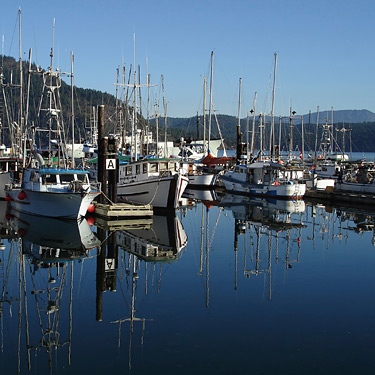our approach
The BCMCA called upon experts who have experience with the ecological features and human use data. These experts came from a variety of backgrounds, including governments, First Nations, user groups, stakeholders, academia, non-governmental organizations, and consultants.

photo by Max Lindenthaler
A number of experts on ecological data were engaged through a workshop format. To gather the human use data the Project Team asked for input from user groups about their needs and interests related to displaying and analyzing their marine use.
Experts informed the BCMCA as to the best data available and how these data should be pre-processed for analysis in Marxan. For each recommended feature layer, experts were also asked to recommend values for some Marxan parameters.
The ecological experts were asked to answer the following types of questions:
- What percentage of a species population needs to be represented in areas of high conservation value? (A range of values will be considered).
- What is the minimum patch or population size to ensure population viability?
- How many patches are necessary to safeguard against localized impacts?
- What is the minimum distance between important patches identified in order that they provide high conservation value?
The experts on human uses were asked to answer the following types of questions:
- Does available data accurately and comprehensively capture the areas of interest or importance for the human use represented?
- How can the areas of importance to each human use be appropriately represented within Marxan analyses?
- How can data on various human uses be appropriately synthesized and combined within Marxan analyses?
There are two components in which expert knowledge was gathered through avenues other that the workshop format:
- a Physical Marine Representation Plan (PDF): a written proposal that was drafted and reviewed by experts.
- Human Use: user groups were engaged in several ways to solicit their input and expertise related to available data and its use in analyses.
